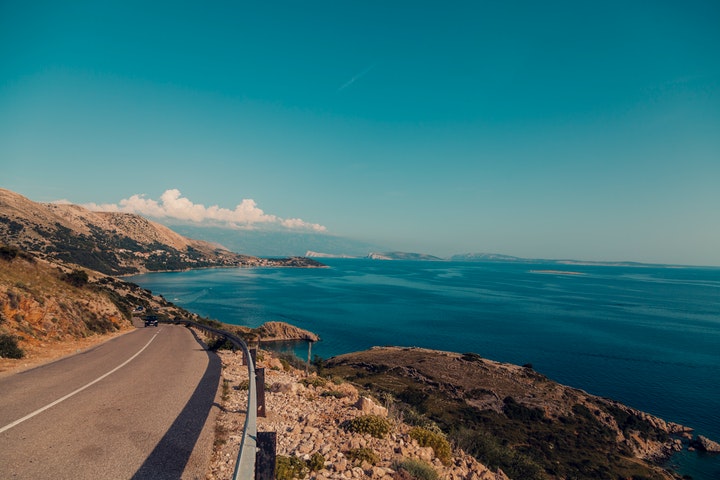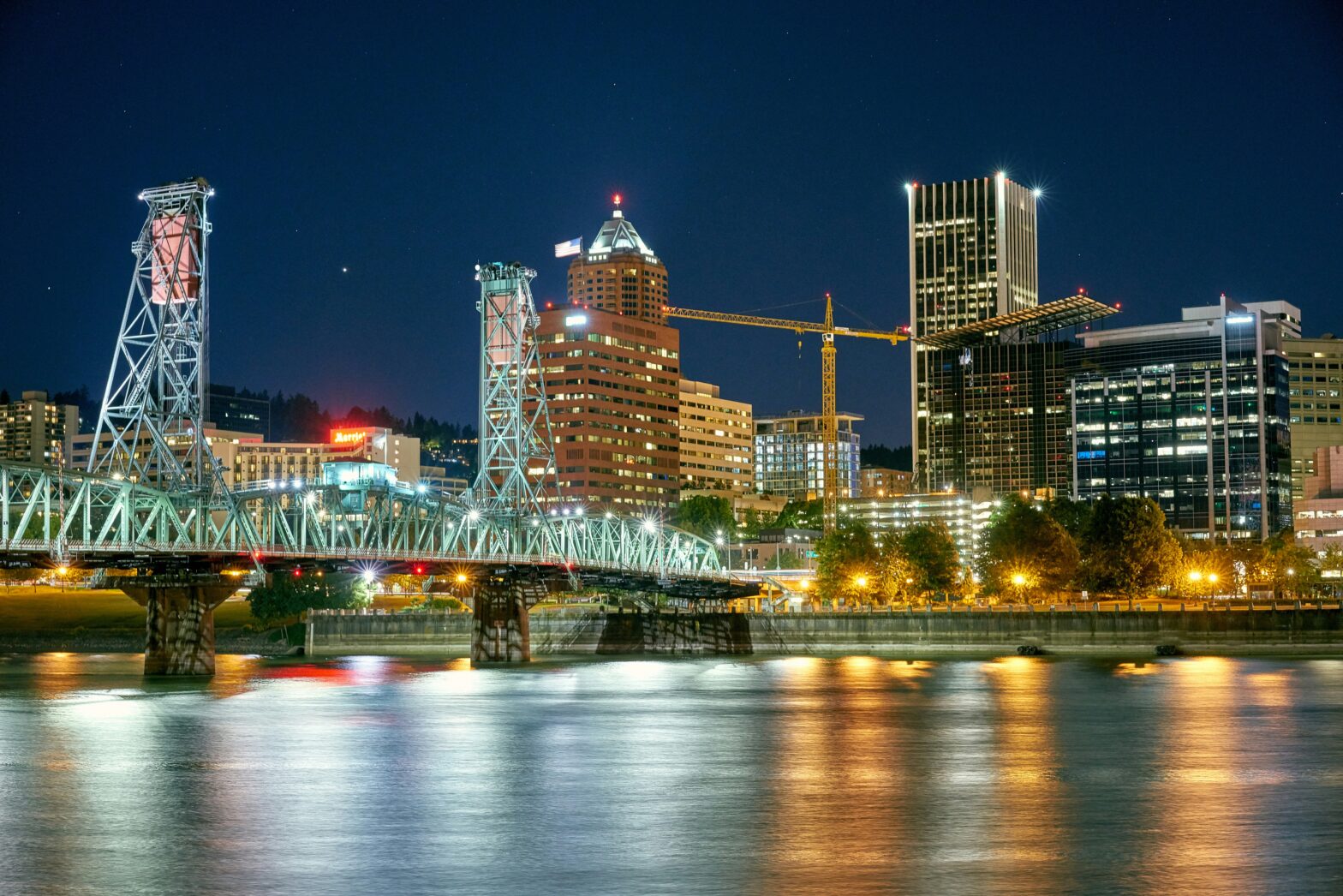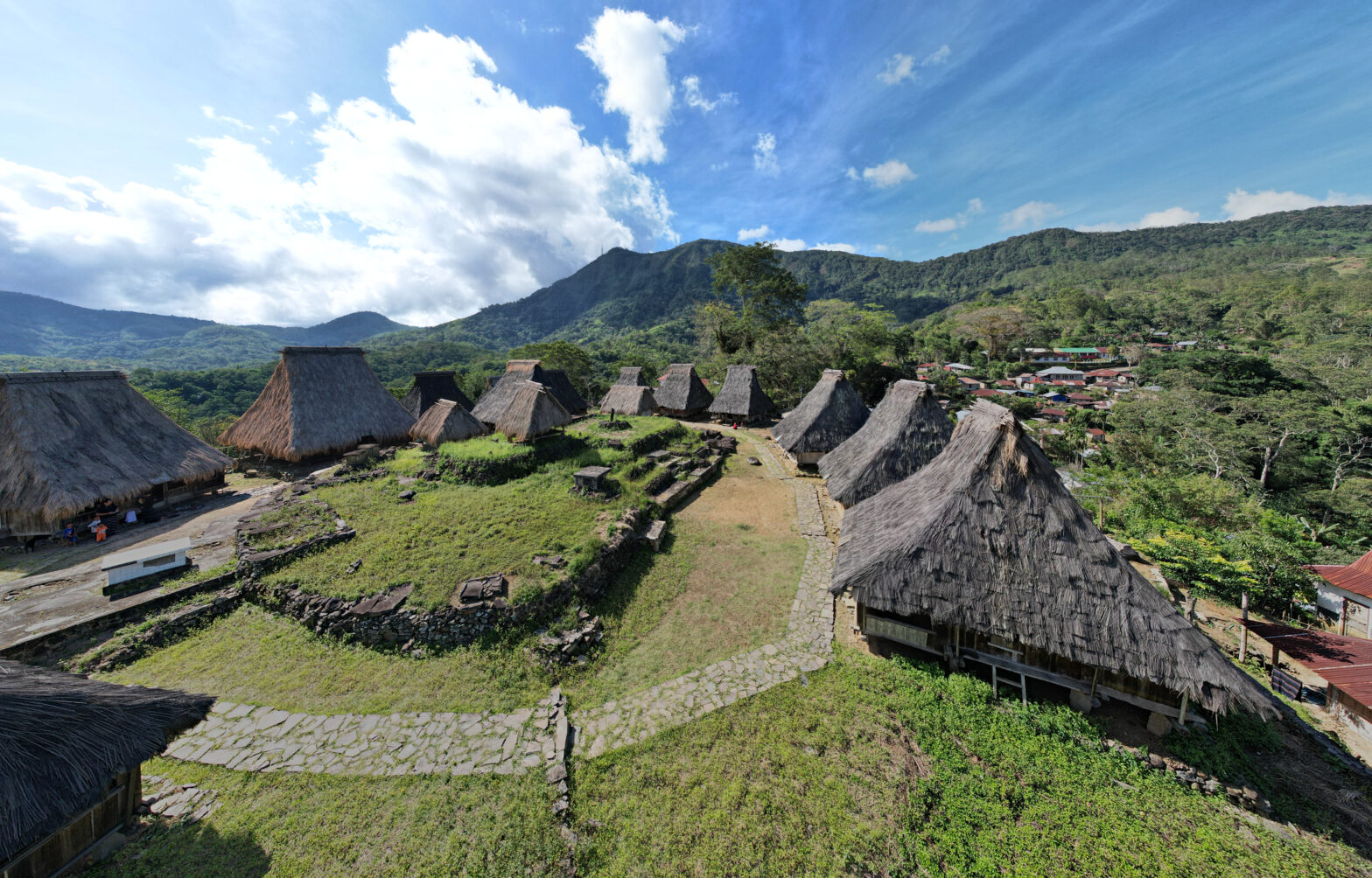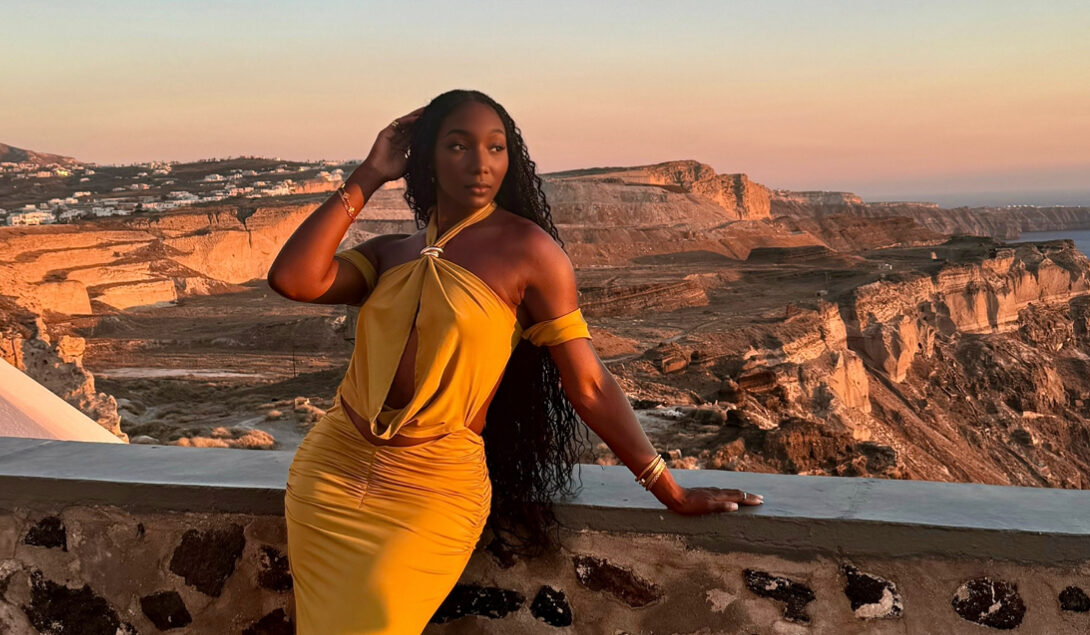Rarely highlighted in popular travel guides are the rich African Diasporic histories that shape cultures and traditions all over the world. This glaring oversight forces Black travelers who want to focus their tourism dollars on businesses and historic sites significant to the Diaspora to do their own on-the-ground research. In this series, we’ll be reimagining popular road trips with an emphasis on Black history and culture. First up is California’s Pacific Coast Highway, a scenic route that extends from San Diego to San Francisco and beyond.
San Diego
Whether you’re traveling alone or in a car full of complaining kids, it’s wise to fuel up with plenty of good food before you hit the road. Located in San Diego’s popular Gaslamp District is Suckerfree Southern Plate and Bar, one of the city’s best options for authentic soul food. If you’ arrive on a weekend before 2 pm, stop by for brunch and try their decadent Pecan Pie French Toast. Otherwise, order their famous Tennessee Hot Chicken Gizzards or fried okra off the “Start This Sh*t Off Right” appetizer menu to get your road trip going.
Afterward, head towards the San Diego Convention Center to visit the Breaking of the Chains Monument, which features a sculpture by Melvin Edwards and several of Dr. Martin Luther King Jr’s most moving quotes emblazoned on footstones. In nearby Balboa Park, you’ll find the WorldBeat Cultural Center, which is the park’s only institution devoted to celebrating Indigenous world cultures related to the African Diaspora. The center hosts special events, concerts, and classes throughout the year. Just five miles down the road in San Diego’s Old Town is Casa Del Rey Moro African Latin Museum, which highlights 6,000 years of African world history, with a special emphasis on African-Spanish, African-Mexican, and African-American heritage.
Los Angeles
Just before you hit LAX, you’ll stumble upon Manhattan Beach in Los Angeles’ South Bay neighborhood. Over a century ago, an entrepreneurial Black couple named Charles and Willa Bruce purchased beachside properties to establish a resort in the two-block Manhattan Beach radius that was sectioned off for Black swimmers. Racists ultimately foiled this plan, severely harassing the Bruce’s, visitors at the resort, and Black homeowners in the area. Escalating tensions from white residents led to the property being seized by the city under the guise of eminent domain and Bruce’s Beach was closed. In 1927, an NAACP-organized swim resulted in arrests and filed charges that ultimately led to the city relinquishing its control over the beach. In 2006, a commemorative plaque was placed at the site detailing its origins and history.
Further down the coast, you can take a dip in what was formerly known as Inkwell Beach, a name that was commonly ascribed to Black-only beaches across America. Southern California’s Inkwell Beach was located in Santa Monica between Bay and Bicknell streets and frequented well into the 20th century.
Learn how Black settlers contributed to the founding of LA with a cruise down popular Pico Boulevard. Most people are unaware that the street is named after Pío de Jesús Pico, a Spanish, African, and Native American man who served as one of the first governors of California.
For more insight into California’s Black history, head to the California African American Museum on the USC campus. Another option is to browse the historically Black Leimert Park neighborhood, which continues to be a beacon for Black culture, with plenty of Black businesses, art galleries, and restaurants to patronize.
Los Angeles is a sprawl, so it might not be convenient to visit all of these neighborhoods in one trip, but this handy resource from Blackbook LA provides a comprehensive list of Black-owned restaurants, bars, and other businesses, so you can buy Black no matter what area you end up in.
Santa Barbara
A couple hours’ drive up the coast lies Santa Barbara, a relaxed beach town that caters to students with a nearby UC campus. Practically a ghost town during the summer months when school is out of session, it’s the perfect place to wet your whistle before continuing your cruise up PCH.
You’ve certainly earned yourself a glass of wine after all of that driving and local Rideau Vineyard is happy to help. Founded in 1997 by Iris Rideau, a Black-Creole woman from New Orleans, the winery holds the title of being the first Black female-owned winery in the United States. Rideau offers a public tasting room and holds events that attract wine enthusiasts from around the world who are eager to try Creole cuisine paired with their favorite Rhône style wines.
Seaside
Big Little Lies paints a harrowing picture of life in Monterey, but tourists who deter to nearby Seaside will be pleasantly surprised by a city steeped in Black history that has managed to retain its diverse roots. The city began as an unincorporated suburb of Monterey that came to be the site of a military training base called Fort Ord. When Black and Filipino soldiers arrived in Fort Ord during World War II, it forever changed the demographics of nearby Seaside. Seaside incorporated in 1954 and annexed portions of Fort Ord, which led to its population doubling to over 35,000 by the 1960s and 1970s, with Black residents making up about 20 percent of all city residents.
Although Blacks never became the majority, by 1980 Seaside boasted the most concentrated Black population in California between Oakland and Los Angeles. Over the years, much of Seaside’s Black population moved to nearby Bay Area cities like Oakland and San Francisco, but the oceanfront town remains one of the most diverse along the Pacific Coast Highway.
Oakland
You can’t call it a Black History road trip without a visit to Oakland, home of the Black Panther Party. Oakland Museum’s ongoing Black Power exhibit is a great place to familiarize yourself with the impact Black people that had and have on local culture. Another must-visit is the African American Museum and Library, which is dedicated to the discovery, preservation, interpretation, and sharing of the historical and cultural experience of African Americans in California and the West. The museum features a permanent exhibit on influential figures from Oakland, as well as temporary exhibits focused on the Civil Rights Movement and the Black Panthers.
For local grub, you’ll have plenty of Black-owned restaurants to choose from, with Brown Sugar Kitchen, Enssaro, and Everett and Jones BBQ representing a few top-rated favorites.
San Francisco
Rapidly gentrifying San Francisco might appear tech-obsessed from an outsider’s perspective, but the city has plenty of Black history to discover. Take a drive down Leidesdorff Street, which runs parallel between Montgomery and Sansome from Pine to Washington. The street is named after William Alexander Leidesdorff, a Black man from the Virgin Islands who was one of the city’s pioneers. Leidesdorff sailed into San Francisco in 1841 and became a prominent entrepreneur and politician, eventually building the city’s first hotel.
Opened in 2005, San Francisco’s Museum of the African Diaspora (MoAD), provides a contemporary collection of history, art, and culture related to the Diaspora. Located in the nearby Yerba Buena Gardens is the Dr. Martin Luther King Jr. Memorial, which includes powerful quotes from the Civil Rights leader that sits behind cascading waterfalls and provide a necessary reprieve for the city’s madness.
Check out Airbnb’s Black Weekender Guide for Black-owned restaurants and destinations throughout San Francisco and the Bay Area.
Napa Valley
If you’ve still got gas in your tank, veer inland until you reach the grape-filled mazes of Napa Valley. You’ll be overwhelmed with wineries to visit, but make sure you stop by Brown Estate, a Black-owned winery that rehabilitated an abandoned ranch into one of the most celebrated grape orchards in the valley. You’ll need a membership to visit Brown Estate Winery, but anyone is welcome to stop by Brown’s Downtown Napa location.





